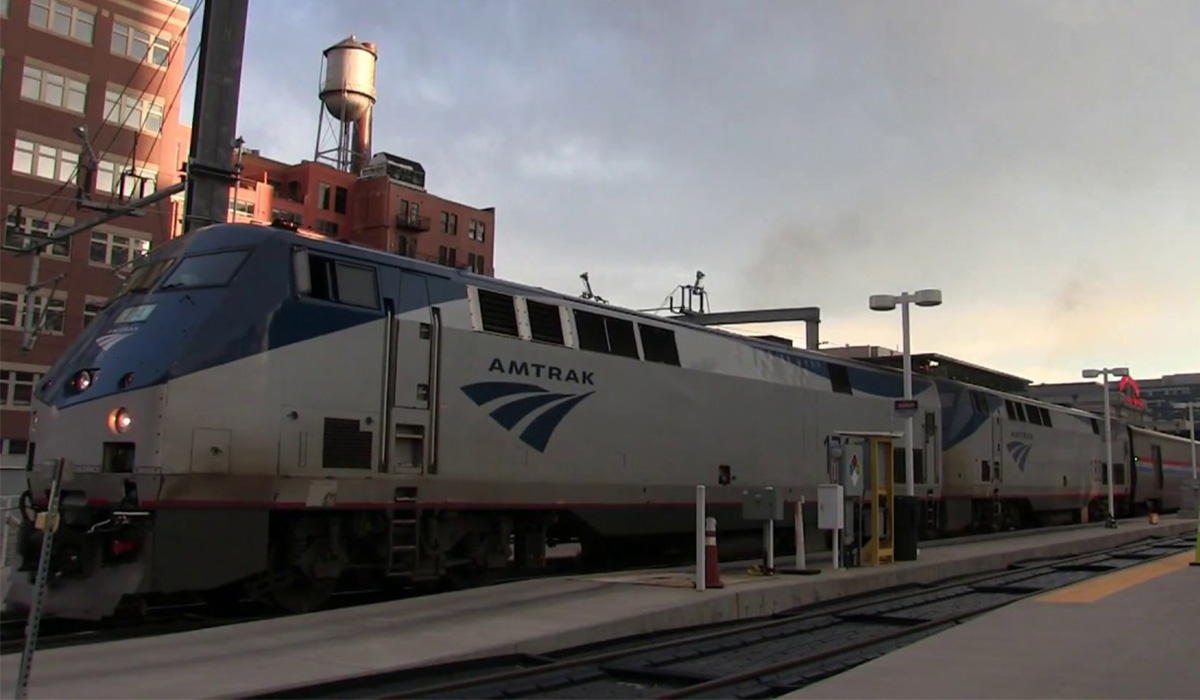Amtrak: The Solution to All Your Front Range Needs
Colorado Springs, Castle Rock, Fort Collins, and other Front Range commuters: Your lives may be about to change… in a few years… perhaps…Colorado Department of Transportation has been contemplating — and is now studying — adding a passenger railway covering 173 miles of the Front Range corridor, according to the Denver Business Journal. The “study phase” means they are seeking proposals on the feasibility of adding passenger rail versus other multi-modal options to relieve the bottlenecks and clogs of Interstate 25. Included in the existing options are additions to the existing Amtrak line. That line currently has stations in Trinidad, La Junta, and Lama, and this option would expand that passenger service for the full 173 miles. The full layout would then include stations in Colorado Springs and Denver.
Another option being considered, outside of passenger rails, is the expansion of I-25 between Fort Collins and Mead and a widening of the near-bottleneck between Castle Rock and north-El Paso County. The same group, the Passenger Rail Commission, has also identified a passenger rail along the congested mountainous segment of Interstate 70 — the portion leading to the gateways for hiking and skiing — as a solution for the days of disappointment in the winter… hours of sitting in traffic to spend half that actually skiing. However, both the I-25 and I-70 passenger rail congestion remedies have been moving slower than a horse and buggy. CDOT maintains that the reason for the lack of horsepower behind these projects is a lack of funding. Two measures, a sales tax hike and bond sale proposal, were proposed on last year’s ballots and were rejected by voters. Yet both measures were earmarked to fund these projects.
At present, while CDOT estimates that there is a need for infrastructure improvement with a price tag of $9 billion state-wide, only $2.9 is available in the budget. So which should come first? Interstate improvements, passenger rail services to relieve interstate burden, or alternate routes altogether? With less than a third of the budget available, where does CDOT put the funds? CDOT has not reached out to the voters for their thoughts, as they feel the answer comes when voters reject ballot efforts for funding. Perhaps, though, CDOT should ensure the ballot measures connect the two — bonds sales and increased sales tax in exchange for less time on the road staring at another person’s bumper. Or perhaps a state-wide vote on whether commuters appreciate the projects, or where they would prefer CDOT target?
In the meantime, let us know your thoughts. We’ll compile them and forward to the powers that be. What are your primary considerations? Are they missing something you’d like considered? What’s your number one priority with the congestion of I-25 and I70? Or are there a bigger fish to fry?

